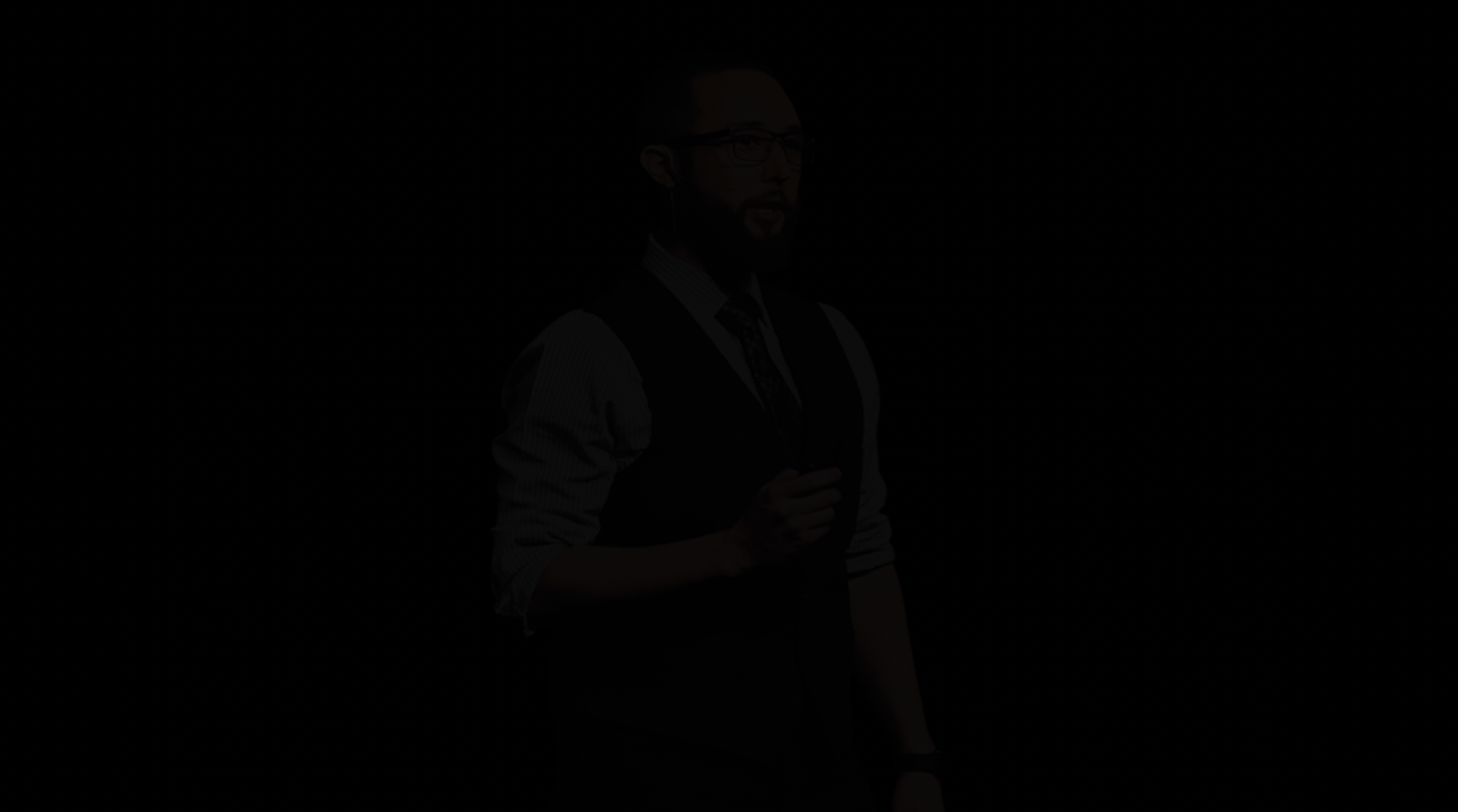Recently, I participated in a discussion about Data + Creativity = ? at the 2015 Ad Age Data Conference.
Here is a recap of the various topics that I discussed as well as additional commentary.
AdAge – Give us an example of a smart use of data to inform creative?
Epsilon’s Conversant partners with Cabela’s to generate and optimize 1 million versions of dynamically optimized creative based on targeting, offers and segments.
We harness transactional and online click stream data to drive actionable insights across campaign initiatives that ultimately informs our creative process.
Data and dynamic creative drive a digitally centric approach to support brand awareness, new product lines, new customer acquisition, geo-targeted retail support and personalized ads.
AdAge – What kind of data do you now have access to that you didn’t have access to a year+ ago?
One of the main reasons I chose to join Epsilon’s agency team are the proprietary data assets. Having access to behavioral, attitudinal, transactional, demographic and contextual data as well as proprietary technology that maps to devices and the individual consumer were important factors in my decision process.
Having the capability to create customer centric approaches to plan, create and distribute contextual content powered by smart data makes my job of mapping the art + science of what we do on the agency side even easier.
AdAge – How are you actually using that data in new ways? How has it been a game-changer, if at all?
Having access to this type of data has changed my approach to consumer engagement planning. There is now a heavier emphasis on consumer need states as well as crafting data driven narratives.
From an agency standpoint we have realigned our approach to consumer engagement through the lens of behavioral economics focused on aligning data with planning that informs creative territories and strategic themes.
In addition to using previous data, past transaction, behavior, etc. we also focus on predicting future need states through propensity (predictive) models.
Another great data driven asset is our ability to map to individuals across devices. This makes it easier to deliver highly personalized programmatic media and dynamic creative by mapping high level themes through to relevant and constantly optimizing micro-moments.
This allows us to connect with consumers regardless of where they are in a heavily fragmented media landscape.
Ad Age – What’s the danger in over-listening to data/insights?
It is important to balance data driven decisions, originality and innovation.
It is important to ensure that the data being leveraged is “smart data” and is actually applicable to the current goals of the program.
It is important to be flexible, especially with signals from unstructured data and have a process to adapt as necessary.
Also, it is important to not be over reliant on the past and look for opportunities to create predictive models.
Ad Age – Do advanced tech and data present any other challenges? What are the shortcomings?
Integration, portability, privacy, security and real time access are always at the forefront of my mind when aggregating and integrating multiple inputs to execute a campaign.
Ad Age – Are traditional focus groups (two-way mirror) still a thing?
It depends on the client, campaign and the type of insights that we are looking to glean. There are times when we leverage traditional and digital focus groups, but we more frequently commission mobile ethnography studies as well as machine learning and artificial intelligence platforms to explore natural conversation and domain discussions vs traditional focus groups.
Follow Tom Edwards @BlackFin360







